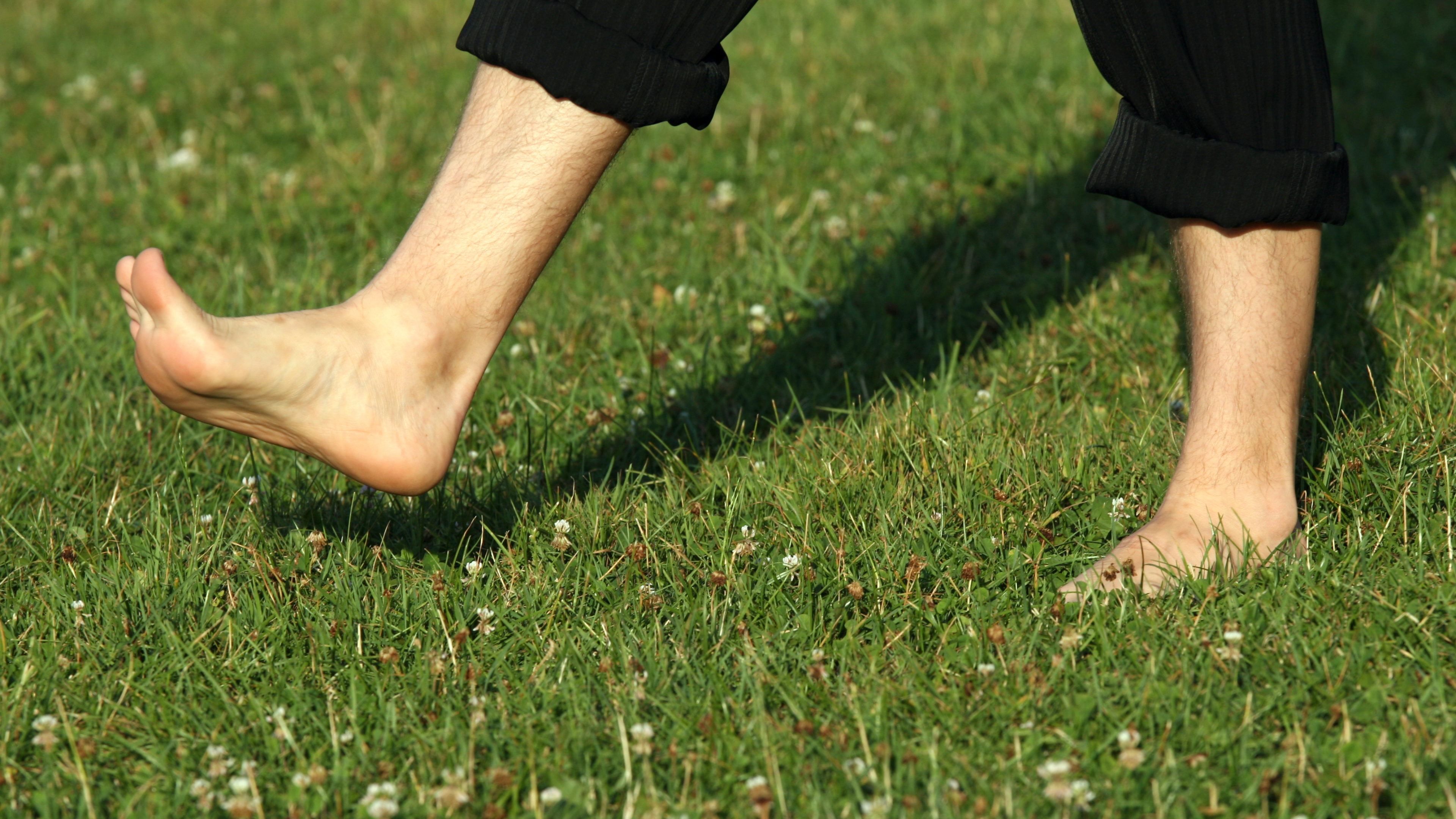Inflammation is something we’ve all heard of—but do we really understand it? Whether it’s joint pain, sore muscles, skin flare-ups, or general fatigue, inflammation is often the invisible culprit behind many common health issues.
And while there are plenty of creams, supplements, and prescriptions aimed at reducing inflammation, there’s a natural, science-backed method many people overlook—grounding, also known as earthing.
In this article, we’ll explore what inflammation really is, how grounding helps reduce it, and why it might be one of the simplest and most effective wellness habits you can start today.
What Is Inflammation?
Let’s break it down:
Inflammation is your body’s natural response to injury, infection, or stress. It’s your immune system’s way of protecting and healing your body. In small amounts and for short periods, inflammation is a good thing—it’s part of how you heal.
But when inflammation sticks around longer than it should (called chronic inflammation), it becomes a problem. Chronic inflammation has been linked to:
-
Joint pain (like arthritis)
-
Digestive problems
-
Autoimmune disorders
-
Heart disease
-
Fatigue and brain fog
-
Skin conditions (like eczema and psoriasis)
So what can we do to naturally reduce inflammation?
Enter Grounding: Nature’s Anti-Inflammatory
Grounding is the practice of physically connecting your body to the Earth’s surface—through your bare feet, hands, or specialized grounding products like sheets and mats.
Why does this matter? Because the Earth carries a natural, subtle electrical charge made up of free electrons. These electrons act like antioxidants—they neutralize the positively charged free radicals that contribute to inflammation.
Think of grounding like plugging yourself into the planet’s natural healing energy. 🌍
How Grounding Reduces Inflammation: 4 Key Ways
-
Neutralizes Free Radicals
Free radicals cause oxidative stress, which fuels inflammation. The Earth’s electrons neutralize these radicals—like putting out a fire before it spreads. -
Reduces Cortisol Levels
High cortisol (often caused by stress and poor sleep) contributes to inflammation. Grounding helps regulate cortisol naturally. -
Improves Circulation
Grounding thins the blood slightly, making it easier for oxygen and nutrients to flow—helping your body repair itself faster and reduce inflammation in the process. -
Promotes Better Sleep
Sleep is when your body heals. Grounding promotes deeper, more restful sleep, which allows your body to repair inflamed tissues more effectively.
How to Start Grounding (Even Indoors)
You don’t need to live in the woods or walk barefoot in the park every day (though that’s a great bonus!). Here are beginner-friendly ways to ground yourself:
-
Go barefoot on grass, soil, sand, or concrete (not asphalt or wood)
-
Use grounding sheets or mats on your bed or under your desk
-
Try grounding patches on specific areas with pain or inflammation
-
Use grounding wristbands while working or watching TV
Even 20–30 minutes of grounding a day can start making a difference.
💬 Real Stories, Real Relief
Many people who try grounding report that:
-
Their joint pain or back pain feels noticeably better
-
Skin irritation and redness improve
-
They sleep better and wake up with less stiffness
-
Chronic fatigue and fog lift gradually over weeks
“I didn’t realize how inflamed I felt—until I started grounding and noticed how much lighter, calmer, and clearer my body felt.”
🌟 Final Thoughts: Healing Can Be Simple
We live in a world full of inflammation triggers—processed food, stress, lack of movement, and artificial environments. But we also have access to one of the most powerful anti-inflammatory tools out there: the Earth itself.
Grounding is not a replacement for medical treatment, but it is a gentle, safe, and natural way to support your body’s healing process from the inside out.
So go ahead—take off your shoes, lie down on grounding sheets, and reconnect. Your body might just thank you with less pain, more energy, and deeper sleep.






Share:
Earthing Explained: The Proven Science Behind Grounding and Your Health
Why Grounding Might Be the Simplest Health Hack You’re Not Doing Yet